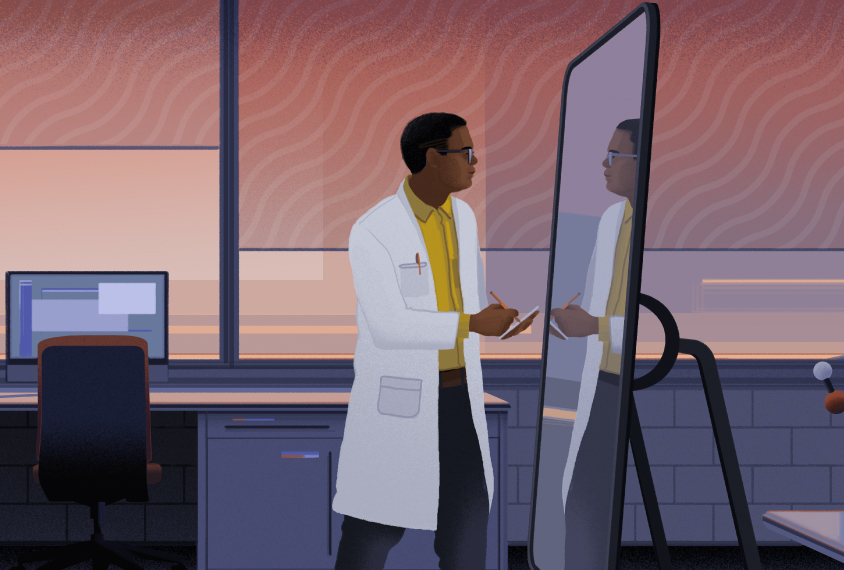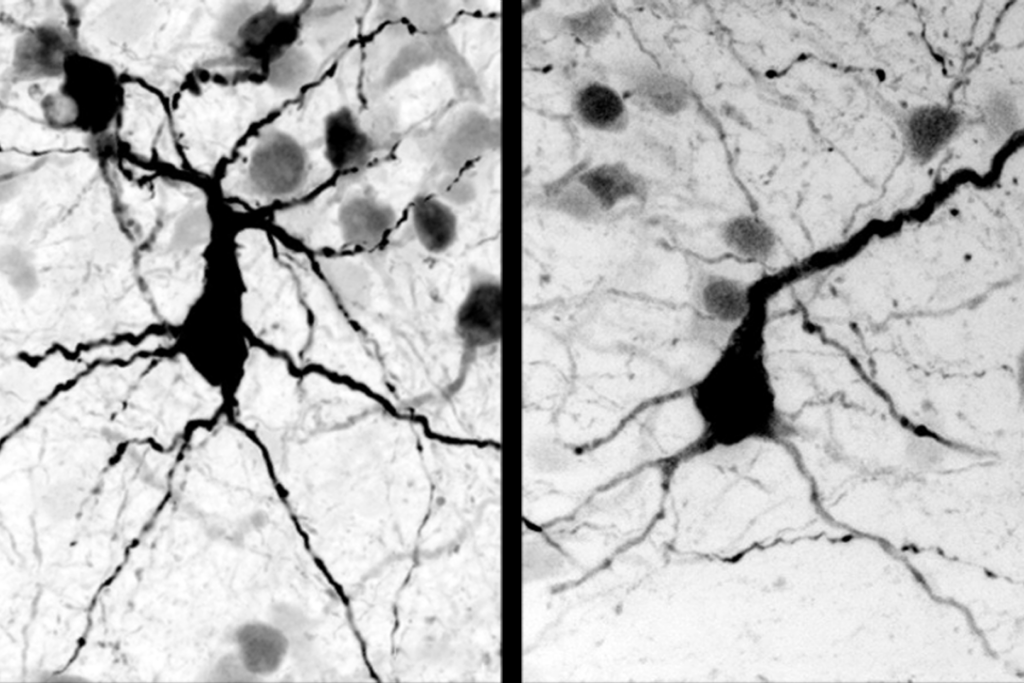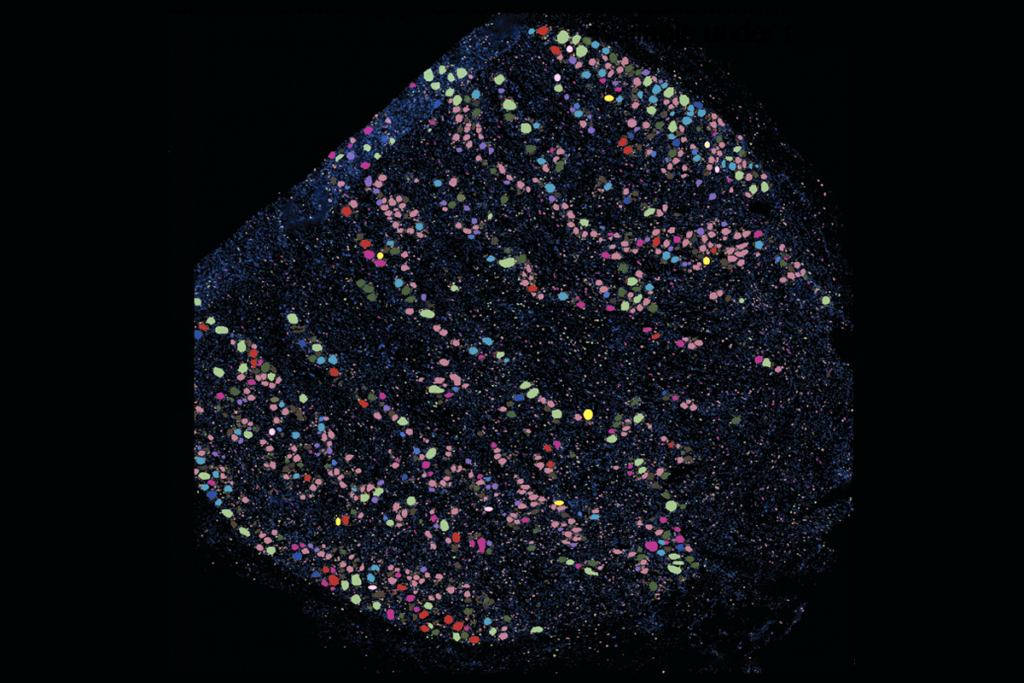Rachel Nuwer is a freelance science journalist who contributes to outlets such as the New York Times, Scientific American and New Scientist. She writes news articles for Spectrum. She lives in Brooklyn.
Rachel Nuwer
Contributing Writer
Spectrum
From this contributor
Lisa Croen: Autism’s first dedicated epidemiologist
Inspired by watching her autistic nephew grow up, Croen has also been an advocate for bolstering research and services for autistic adults.

Lisa Croen: Autism’s first dedicated epidemiologist
Finding strengths in autism
Autism comprises a set of difficulties, but growing evidence suggests that certain abilities also define the condition.
Meet the autistic scientists redefining autism research
Growing ranks of researchers on the spectrum are overcoming barriers — from neurotypical bias to sensory sensitivities — to shape autism science.

Meet the autistic scientists redefining autism research
Growing old with autism
For many autistic adults, the golden years are tarnished by poor health, poverty and, in some cases, homelessness. Their plight reveals huge gaps in care.
Mouse study links gene to some autism symptoms
Mice missing a gene called PTCHD1 in a deep-seated brain structure have autism-like symptoms that ease with treatment.
Explore more from The Transmitter
Autism in Kenya, organoid research, and more
Here is a roundup of autism-related news and research spotted around the web for the week of 22 December.

Autism in Kenya, organoid research, and more
Here is a roundup of autism-related news and research spotted around the web for the week of 22 December.
‘Unprecedented’ dorsal root ganglion atlas captures 22 types of human sensory neurons
The atlas also offers up molecular and cellular targets for new pain therapies.

‘Unprecedented’ dorsal root ganglion atlas captures 22 types of human sensory neurons
The atlas also offers up molecular and cellular targets for new pain therapies.
Not playing around: Why neuroscience needs toy models
Amid the rise of billion-parameter models, I argue that toy models, with just a few neurons, remain essential—and may be all neuroscience needs.

Not playing around: Why neuroscience needs toy models
Amid the rise of billion-parameter models, I argue that toy models, with just a few neurons, remain essential—and may be all neuroscience needs.


